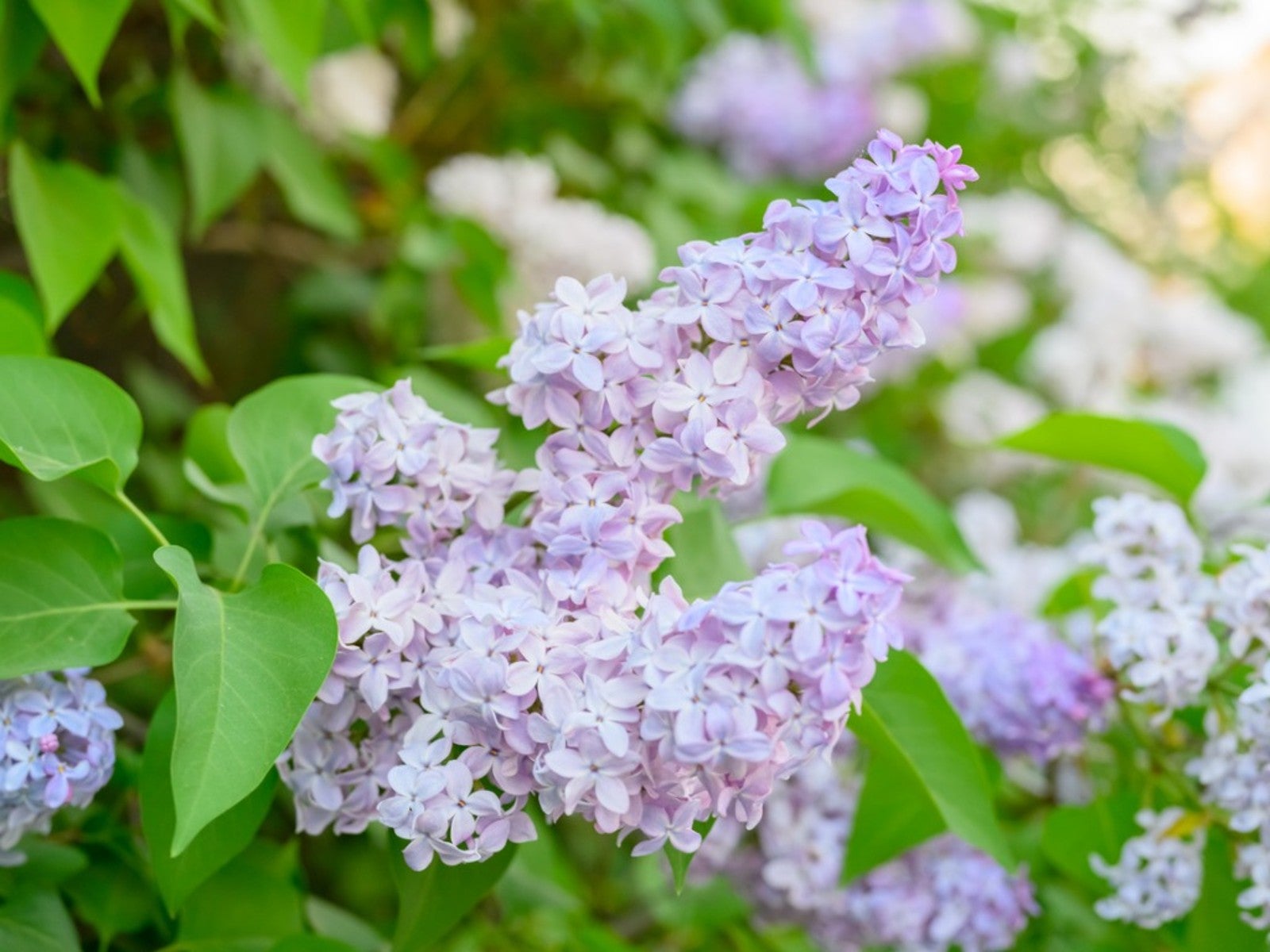Pastel Plants For A Lovely, Light Purple Flower Garden


Purple flowers have long had symbolic associations with royalty and affluence. With their intense vibrancy and highly saturated color, it is easy to understand how many of these connections may have started. Whether a deep purple plant or a plant with light purple flowers, many find the color to be incredibly well-suited to use in the home landscape. In addition to the creation of a memorable garden display, growers using light purple flowering plants are able to craft spaces that are both beautiful and highly attractive to pollinators and beneficial insects. In this article we will examine some of the more common light purple flower trees and bushes in greater depth.
Popular Light Purple Flowering Plants
- Common Lilac - Common lilac is a dependable light purple flower bush. Blooming throughout the spring, these plants produce impressive masses of flowers, usually lasting about two weeks. At this time, gardeners may notice the blooms’ pleasant fragrance, as it wafts through the growing space. In recent years, several newer hybrid species of lilac have been introduced. Many of these hybrids are useful in the landscape for their improved shape, flower structure, and/or hardiness. Hybrid lilacs are also available in shades of white, pink, and deep purple.
- ‘Grand Cascade’ Butterfly Bush - Butterfly bushes are known for their immense flower production. ‘Grand Cascade’ is a cultivar which produces long arching branches, tipped with thousands of stunning pastel purple florets. As the plant is known to attract a wide range of butterfly species and hummingbirds, it is often a good choice for gardeners hoping to create a thriving backyard ecosystem. Unlike many flowering shrubs, which may struggle to bloom through the hottest parts of summer, butterfly bushes are able to thrive in both heat and humidity.
- Lavender - These classic, light purple aromatic plants are most well known for their relaxing essential oils. As a member of the mint family, perennial lavender is most frequently found growing within herb plantings and in ornamental beds. In addition to its purported calming effects, light purple lavender blooms are quite attractive to various species of bees. Many gardeners choose to plant lavender near sidewalks or patios, as they are believed to repel some troublesome pests.
- ‘Santa-Rita Tubac’ Prickly Pear - Within their growing range, the addition of cacti to the home landscape can serve as an interesting conversation piece. Those living in areas prone to heat and prolonged periods of drought may find them especially beneficial, as they are able to grow well within most waterwise gardens. The highly ornamental ‘Santa-Rita Tubac’ cactus stands out among other prickly pear cultivars due to its unique purple color. Gardeners can expect to see the deepest color throughout the winter months, while temperatures remain cool. With the arrival of spring, these cacti will begin to produce small yellow blooms.
- Verbena - Verbena bonariensis is a popular midsized option for flower borders and for cut flower gardens. Once established, the small plants elongate to produce tall stems. Atop each stem, a small cluster of pale lavender flowers is produced. These strong, wiry stems are ideal for use in flower arranging because of their great length. When routinely cut throughout the growing season, the plant will continue to produce flowers until the arrival of the first frost. As the plant’s flower structure is very similar to that of butterfly bush, verbena is also quite attractive to beneficial insects.
Sign up for the Gardening Know How newsletter today and receive a free copy of our e-book "How to Grow Delicious Tomatoes".

Tonya Barnett has been gardening for 13 years. Flowers are her passion. She has transformed her backyard into a cut flower garden, which she regularly chronicles on her YouTube channel http://www.youtube.com/@tonyawiththeflowers.